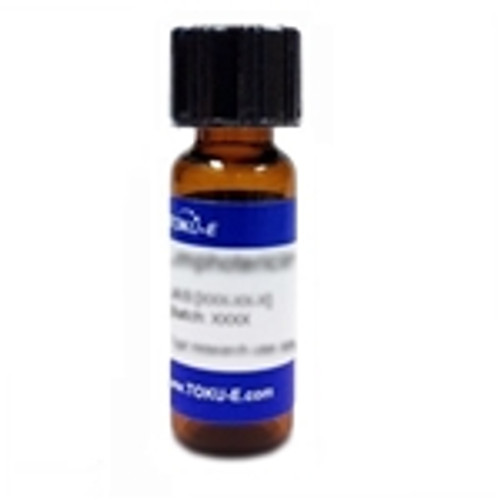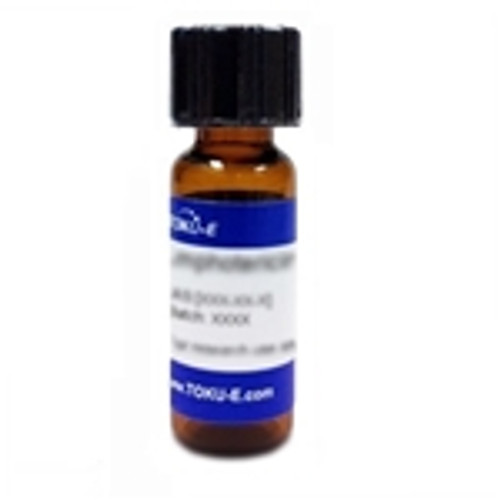Milbemycin A3 belongs to the family of Milbemycins, 16-membered macrocyclic lactone antibiotics with a 6,6-membered spiroketal ring system. Milbemycin A3 is a highly selective and potent nematocide and insecticide. Milbemycin A3 is a major member of a group of analogs containing a 25-methyl substituent. Milbemycin A3 is a metabolite derived from fermentation of the soil bacterium Streptomyces hydroscopicus subsp. aureolarcrimosus. Milbemycins are analogs of the avermectins. Other Milbemycins include Milbemycin B through H.
Milbemycin A3 is soluble in ethanol, methanol, DMF and DMSO but has poor water solubility.
We also offer:
- Milbemycin A3 Oxime (M058)
| Mechanism of Action | Like the closely related avermectins, Milbemycins are thought to act by opening glutamate sensitive and GABA-sensitive chloride channels. |
| Spectrum | Milbemycin A3 has activity against insects including mites, nematodes, worms, ticks, flights, and agricultural pests. |
| Plant Biology Applications | Milbemectin is used as an agri-chemical for crop protection in soft fruits, citrus fruit, top fruit, aubergines and others to combat mites and leaf miners. |
| Insect Biology Applications |
Milbemectin is a GABA inhibitor and can act as an agonist of the RDL GABA receptor in Drosophila. |
| References |
Bi Z et al (2015) Efficacy of four nematicides against the reproduction and development of pinewood nematode, Bursaphelenchus xylophilus. J. Nematol. 47(2):126-132 PMID 26170474 Duke SO (2010) Natural toxins for use in pest management. Toxins (Basel) 2(8):1943-1962 PMID 22069667 Kornis GI (1995) Avermectins and Milbemycins. In: Godfrey CRA, ed. Agrochemicals from natural products. Marcel Dekker. New York, NY pp 215–255 Nakao T, Banba and Hirase K (2015) Comparison between the modes of action of novel meta-diamide and macrycyclic lactone insecticides on the RDL GABA receptor. Pest. Biochem. and Physiol. 120:101-108 PMID 25987227 Okazaki T et al (1983) Milbemycins, a new family of macrolide antibiotics: Producing organism and its mutants J Antibiot. 36:438 PMID 6853372 Takiguchi Y et al (1980) Milbemycins, a new family of macrolide antibiotics: Fermentation, isolation and physico-chemical properties. J Antibiot. 33:1120 PMID 7451362 Takiguchi Y et al (1983) Milbemycins, a new family of macrolide antibiotics. Fermentation, isolation and physico-chemical properties of Milbemycins D, E, F, G, and H. J Antibiot.(Tokyo). 36(5):502-508 PMID 6874568 |








